The world of tennis is diverse, not just in terms of players and their styles but also in the variety of court surfaces they play on.
Each surface has its own set of characteristics that can greatly affect the outcome of a match. In this article, we'll explore the four main types of tennis courts recognized by the International Tennis Federation: clay courts, grass courts, hard courts, and carpet courts.
Clay Courts: The Slow and Strategic Surface
Clay courts are synonymous with the French Open, the only grand slam tournament played on this surface. Made from crushed shale, stone, or brick, the clay surface slows down the ball and produces a high bounce, favoring baseline players like Rafael Nadal, who excel in endurance and strategy.
There are two main types of clay courts: red clay, most common in Europe and Latin America, and green clay, or Har-Tru, which is found in the United States.
Playing on clay courts requires players to be adept at long rallies and constructing points. The slow nature of the surface means that the ball slows down significantly upon impact, allowing players more time to reach the ball.
This surface type is considered the most physically demanding, and it's known for being easier on the human body compared to harder surfaces.
Grass Courts: The Fast and Historic Ground
Grass courts tend to be the fastest of all the tennis court surfaces due to the very hard packed soil beneath the grass surface, which allows the ball to skid and bounce quickly.
The most notable tennis tournament played on grass is Wimbledon, the only grand slam tournament still contested on this prestigious and traditional surface. Grass courts are generally faster and favor serve-and-volley players like Roger Federer.
However, grass courts are known for their high maintenance costs and are affected greatly by weather conditions. The natural grass can wear out during a tournament, changing the way the ball bounces and the speed of the game.
This can make grass courts quite unpredictable and challenging for players who are not accustomed to the surface.
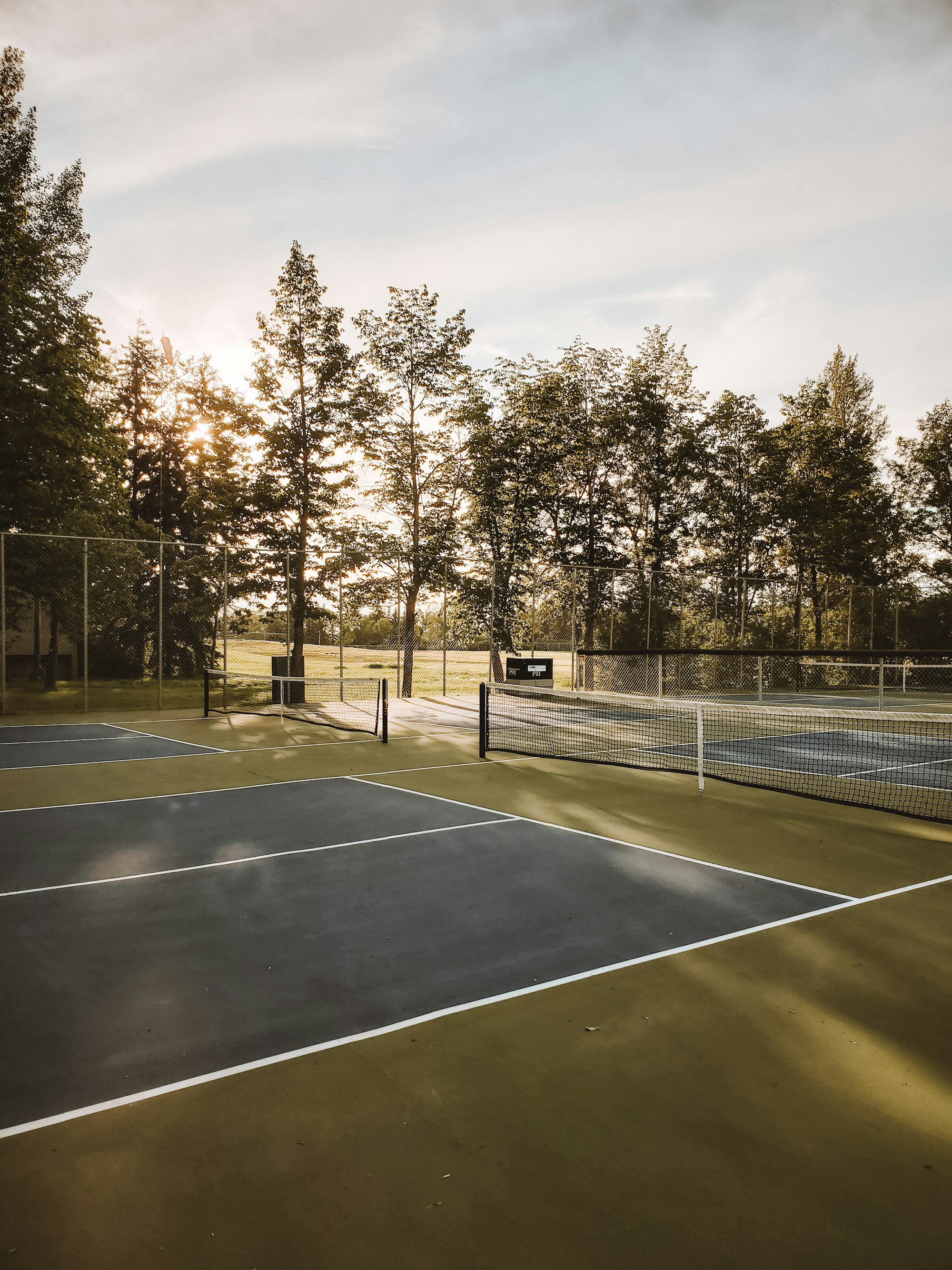
Hard Courts: The Versatile and Popular Choice
Hard courts are the most common tennis surfaces found around the world and are used in notable tennis tournaments such as the Australian Open and the US Open.
These courts are made of uniform rigid material, often covered with an acrylic surface layer to offer greater consistency of bounce and speed. The speed of play on hard courts can vary, but they are generally faster than clay courts and slower than grass courts.
Hard courts are considered the most democratic of surfaces, providing a middle ground that caters to various playing styles. They are favored for their durability and low maintenance. However, the hard surface can be tough on players' bodies, leading to a higher risk of injury over time.
Carpet Courts: The Rare and Removable Surface
Carpet courts are a type of indoor court consisting of a removable court covering. They are no longer used in grand slam tournaments but can still be found in some indoor arenas.
Carpet courts can vary greatly in speed, but they are generally faster than hard courts and can be made from a range of materials, including artificial grass and rubber-backed court surfacing.
These courts are often used in countries with harsh winters, where indoor play is a necessity. The surface is ideal for fast-paced games and is often preferred by players who excel in quick reflexes and short points.
The Evolution of Tennis Court Surfaces
The history of tennis court surfaces is as diverse as the game itself. From the early days of playing on grass to the introduction of clay and hard courts, each surface has shaped the way tennis is played. The clay court is renowned for its slow pace and high bounce, demanding strategic play and endurance from tennis players.
Originating in Europe, clay courts have become synonymous with the prestigious clay-court season, culminating in one of the grandest tennis events, the French Open.
On the other hand, grass courts were the original playground for tennis, with Wimbledon being the epitome of this tradition. Grass courts offer a fast game due to the low bounce of the tennis ball, favoring players with strong serve-and-volley skills.
Over time, other surfaces like artificial clay synthetic surface and rubber backed court surfacing have emerged, providing more options for players and venues. These advancements reflect the sport's evolution and the continuous effort to improve playability and reduce injuries.
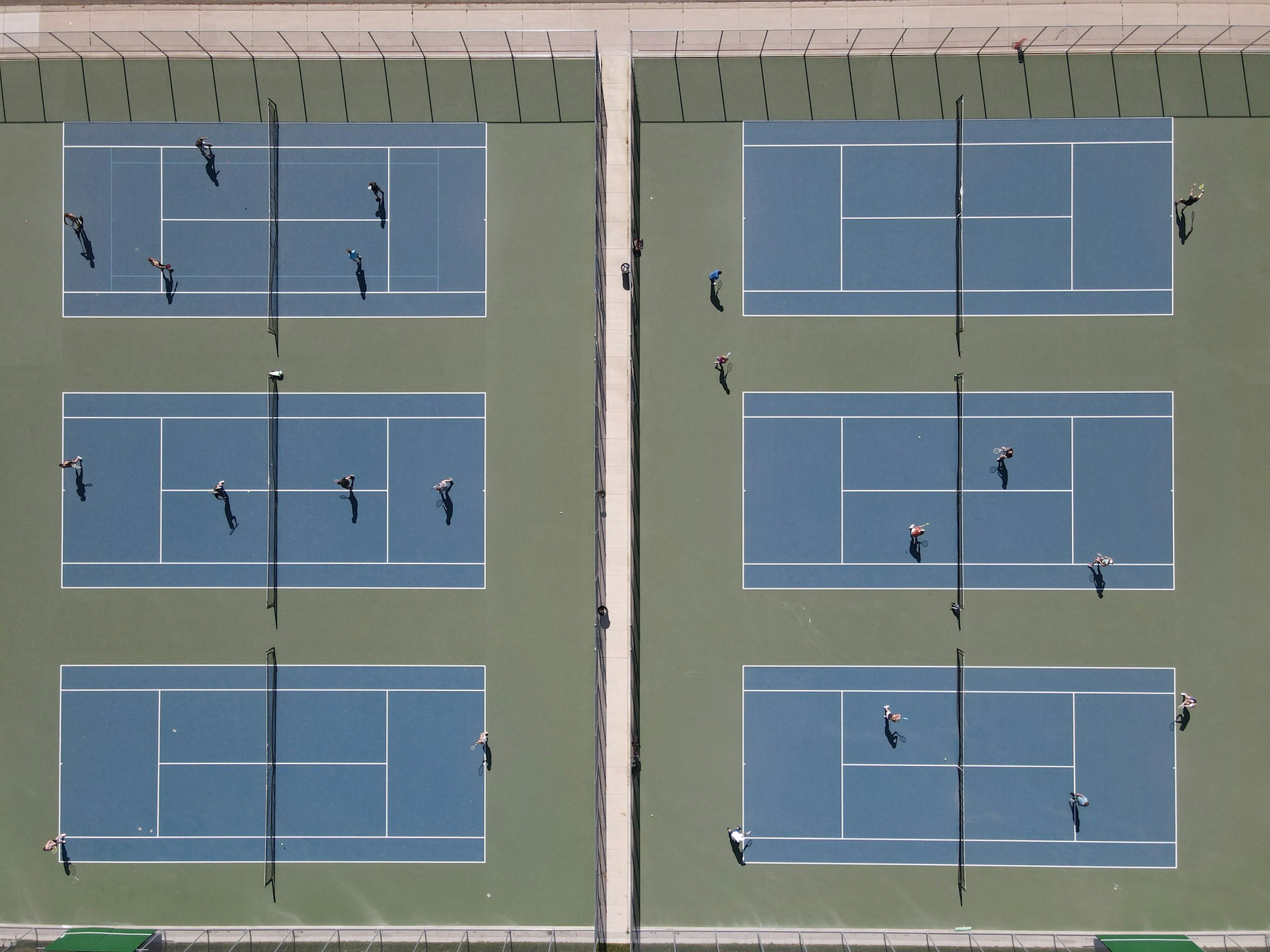
The Influence of Court Surfaces on Player Performance
The type of surface on which a match is played can greatly influence the outcome, especially in professional settings like grand slams and other major tournaments. Clay tennis courts tend to favor baseline players who excel in long rallies and possess a high level of physical fitness.
The hard court is considered the most neutral ground, offering a balance between the slow pace of clay and the speed of grass, which can benefit a wide range of playing styles.
In doubles matches, the choice of surface can also affect team dynamics and strategies. For instance, grass court play often leads to quick points and emphasizes the importance of the net game. In contrast, clay court matches might see more baseline exchanges and require careful shot placement.
The governing body of tennis, the International Tennis Federation (ITF), has a detailed surface code type description that standardizes the characteristics of tennis court surface types.
This ensures that players can adapt their game to different courts depending on the surface they encounter, whether in singles matches or doubles, and that the essence of tennis means the same globally, regardless of the service line underfoot.
Other Outdoor Surfaces
Aside from the main four, there are other surfaces on which tennis is played. These include artificial clay or synthetic surface courts, which mimic the characteristics of natural clay but offer lower maintenance, and various polymeric material supplied courts that can be tailored to specific playing characteristics.

Impact on the Game
The type of surface on which a tennis match is played can greatly affect the dynamics of the game. From the ball speed to the energy return to the player, each surface brings its own challenges and advantages, influencing the playing style and strategy required to win.
Choosing the Right Surface
For players, choosing a court surface to play tennis on often depends on their playing style and physical condition. Some surfaces may enhance a player's strengths or expose their weaknesses, making the choice of surface an important strategic decision in a tennis match.
Some Final Thoughts
The four types of tennis courts—clay, grass, hard, and carpet—each offer unique challenges and play a significant role in the world of tennis. Understanding the characteristics of these surfaces is essential for players and fans alike, as they greatly influence the style and outcome of the game.
Whether you're watching a grand slam tournament or playing tennis yourself, the type of court can make all the difference.
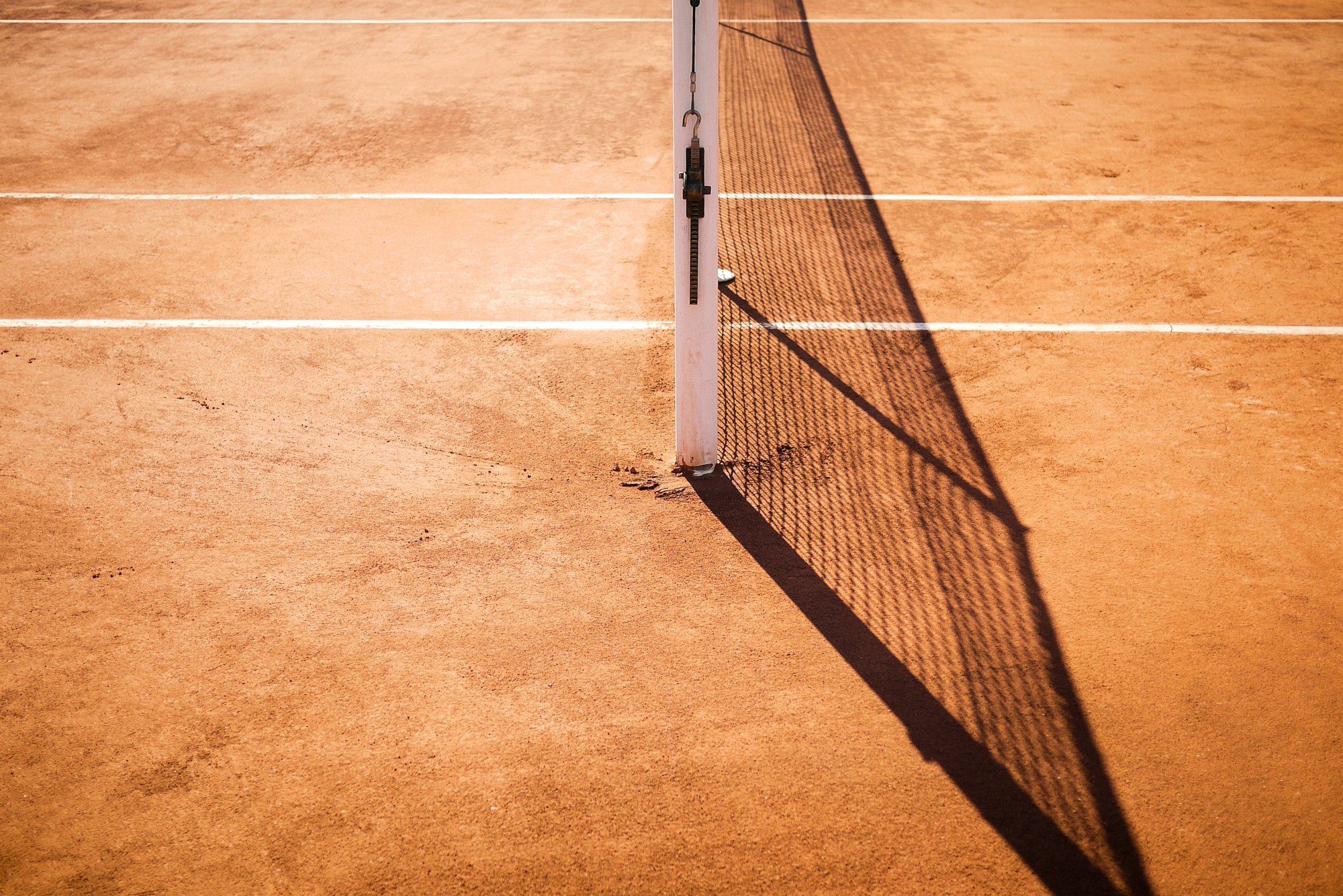
FAQ's
Which grand slam tournaments are played on clay courts?
The French Open, also known as Roland Garros, is the only grand slam tournament played on clay courts.
Are hard courts considered the most popular type of tennis court?
Yes, hard courts are the most common tennis surfaces worldwide due to their versatility and low maintenance.
How do weather conditions affect grass tennis courts?
Weather conditions can greatly affect grass courts, as rain can make the surface slippery and heat can dry out the grass, impacting the speed and bounce of the ball.



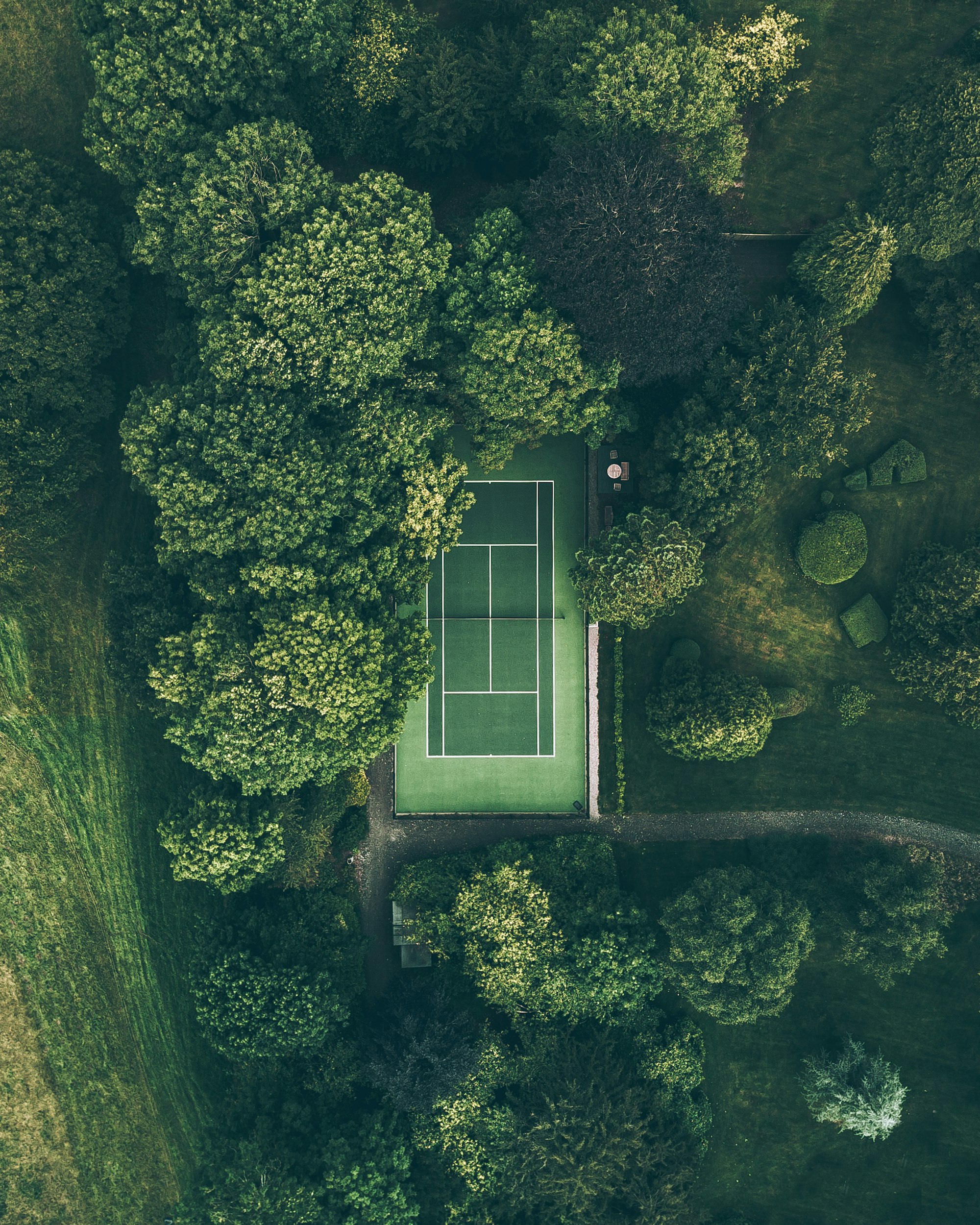




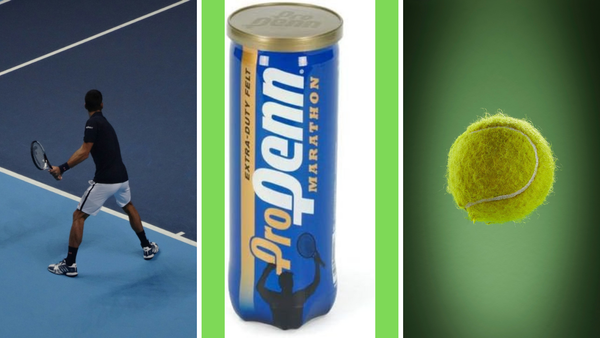
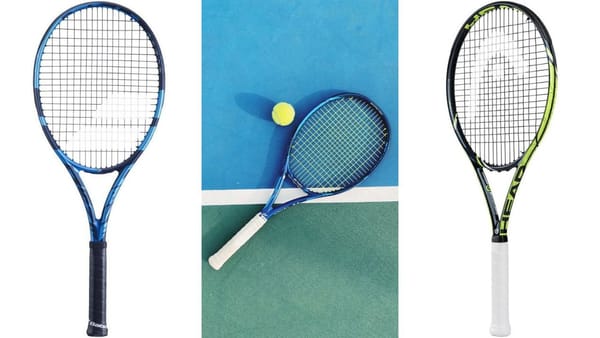
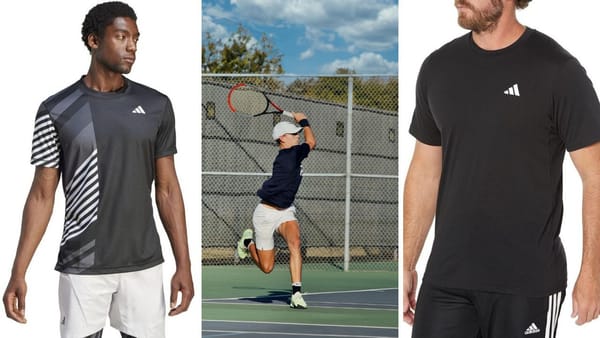


Member discussion